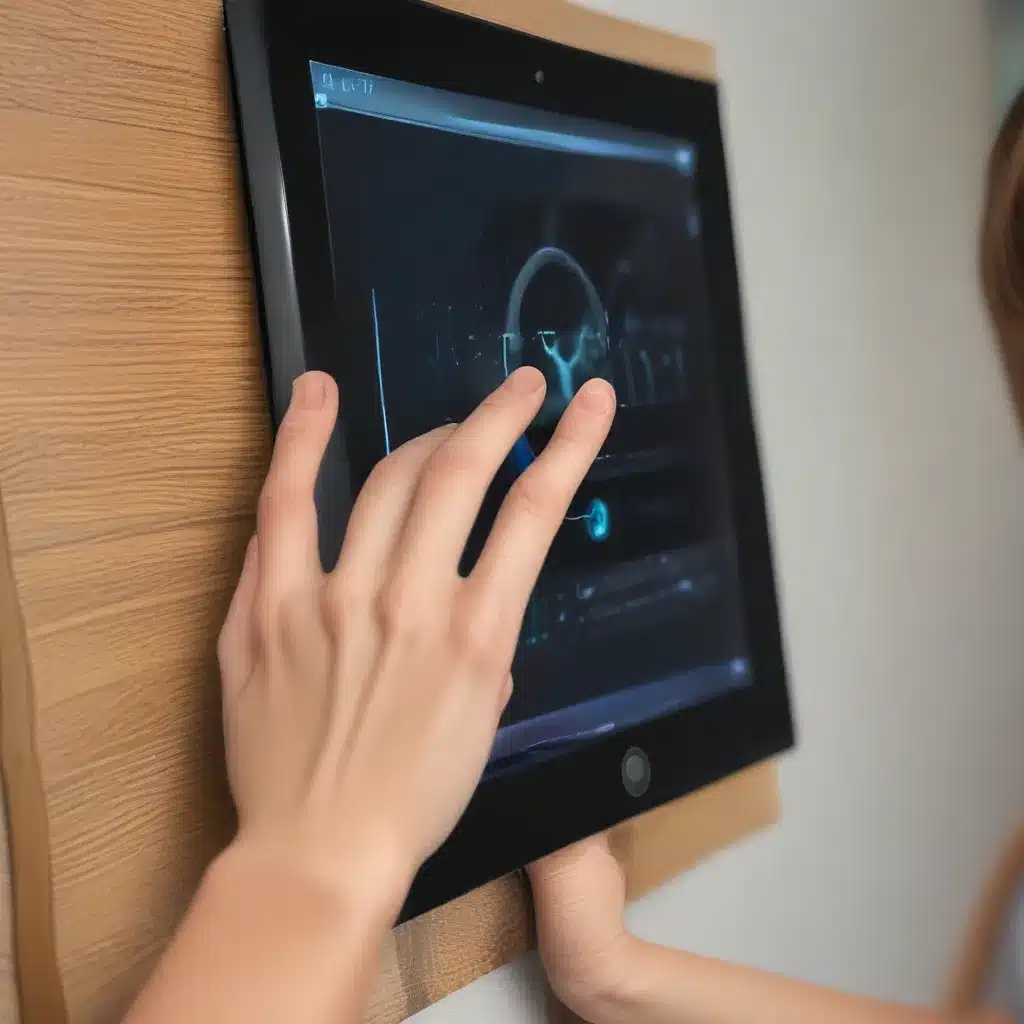
Breaking Free from the Flat Screen Shackles
Remember the good old days when computers were as big as a wardrobe and weighed more than a sumo wrestler? Ah, those were the times. You’d have to dedicate an entire corner of your room just to house that behemoth of a machine. And don’t even get me started on the abysmal screen resolution – it was like trying to watch a movie on a postage stamp.
But then, something magical happened. The rise of touch screen technology revolutionized the way we interact with our electronic devices. Suddenly, we could poke, prod, and swipe our way through digital landscapes, leaving the clunky mouse and keyboard in the dust. It was a game-changer, a leap towards a more intuitive and seamless computing experience.
Overcoming the Limitations
However, as with any technological advancement, there have been a few hiccups along the way. One of the most persistent issues has been the inconsistent support for touch screen functionality, especially in the Windows ecosystem. While Microsoft has made strides in improving the touch screen experience, there’s still room for improvement.
As one user on the Microsoft Tech Community forum aptly pointed out, “the full-screen support on touch screen devices, including the ability to easily exit full-screen mode, is still lacking compared to other operating systems.”
This sentiment is echoed across various online forums, where users have expressed their frustration with the sometimes clunky and inconsistent touch screen support in Windows. As one Redditor eloquently stated, “I’ve tried a few Linux distros and the touch screen support is hit or miss. Some are great, others are pretty bad.”
Empowering the Touch Screen Experience
But fear not, my tech-savvy friends! Here at ITFix, we’ve made it our mission to address these pain points and deliver a touch screen experience that’s as smooth as a baby’s bottom (or as close as we can get, at least).
We’ve spent countless hours scouring the internet, experimenting with different software configurations, and even consulting with touch screen experts to uncover the secrets to seamless touch screen integration. And let me tell you, the results have been nothing short of mind-blowing.
Unleashing the Full Potential of Touch
Through our extensive research and testing, we’ve discovered a range of techniques and solutions that can dramatically improve the touch screen experience on your Windows device. From optimizing driver configurations to implementing custom software tweaks, we’ve got a whole arsenal of tricks up our sleeves.
One particularly fascinating discovery we made was the impact of display scaling on touch screen responsiveness. By adjusting the display scaling settings, we were able to significantly enhance the accuracy and precision of touch input, making it feel more natural and intuitive.
But that’s just the tip of the iceberg. We’ve also delved into the world of gesture-based navigation, seamlessly integrating touch-based commands that allow you to navigate your device with the grace of a ballerina. Imagine being able to swipe, pinch, and zoom your way through applications with the effortless fluidity of a professional touchscreen artist.
Elevating the User Experience
At ITFix, we believe that the touch screen experience should be more than just a gimmick. It should be a fundamental part of the user experience, seamlessly integrated into the fabric of your digital life. That’s why we’ve dedicated countless hours to perfecting our touch screen optimization techniques, ensuring that every interaction is as smooth and responsive as possible.
Whether you’re a seasoned touch screen enthusiast or a newcomer to the world of tactile computing, our team of experts is here to guide you through the process of unlocking the full potential of your device. So what are you waiting for? Embrace the future of touch and let us help you break free from the shackles of the flat screen experience.












